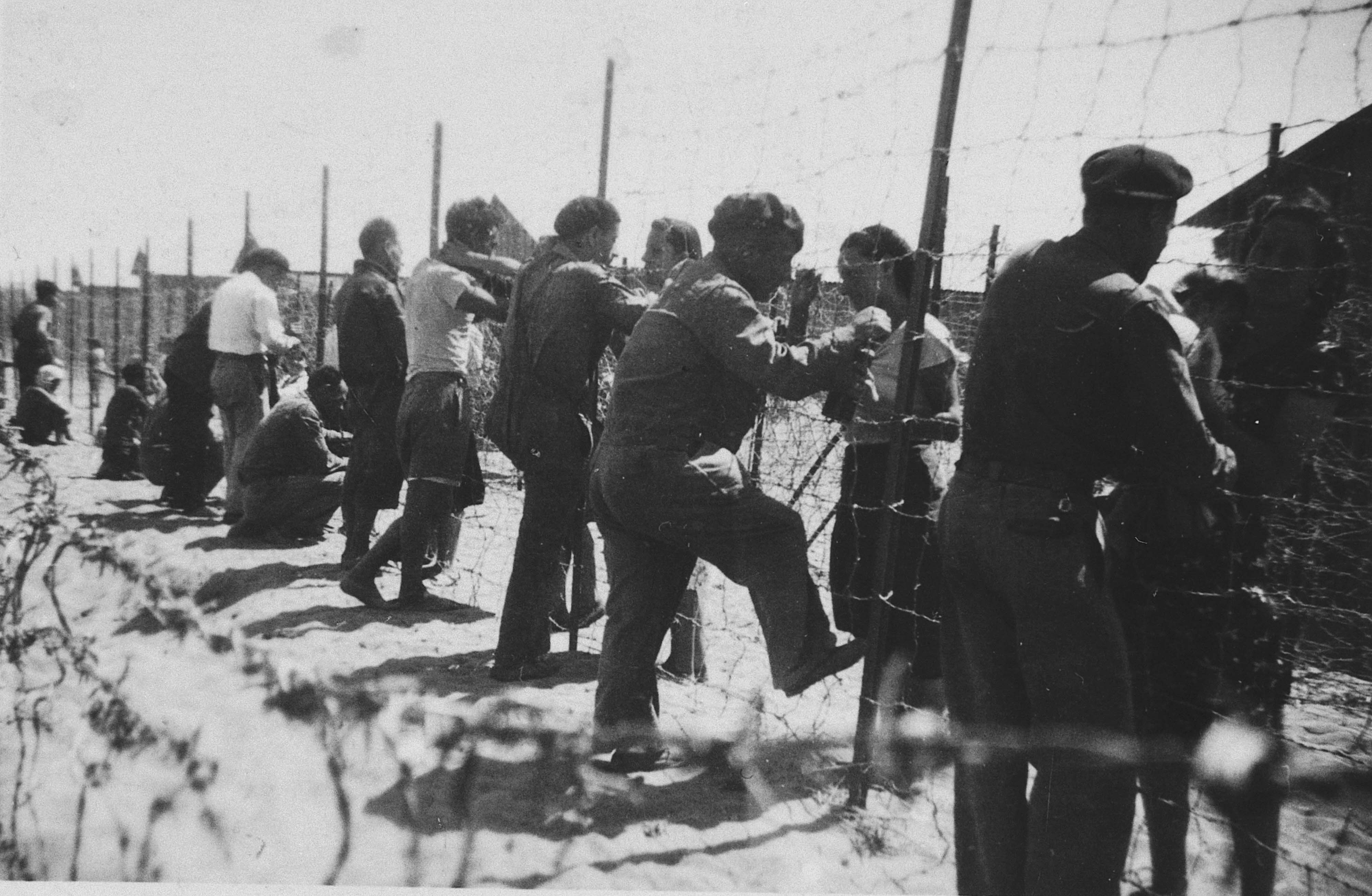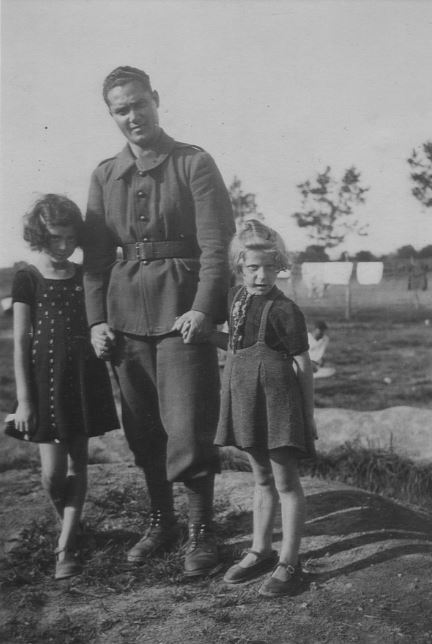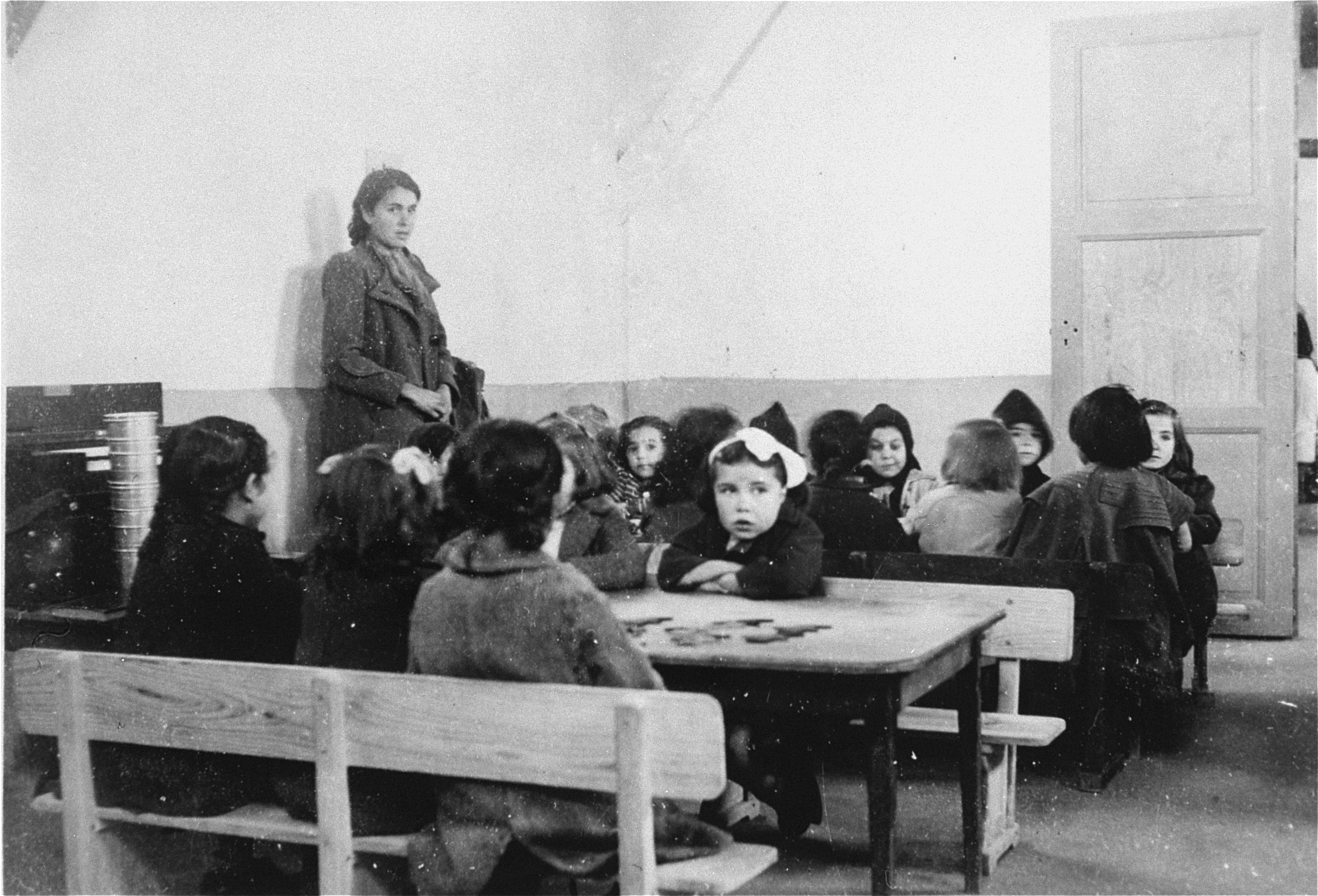back to reflect
Cost of Survival
Would you be willing to be separated from your family to escape captivity? How do you think the refugee children felt about being rescued?
reflection
Several aid organizations were present inside French concentration camps and aid workers often approached parents who were willing to give permission to have their children transferred. Transferring children out of camps like Gurs meant that the children would have to leave their parents behind. Parents knew that this would be their children’s sole opportunity to escape the deprivations, hardships, and unknown fate that lay ahead. For many child refugees of Le Chambon, the cost of survival meant hiding in isolation and never seeing their families again.




